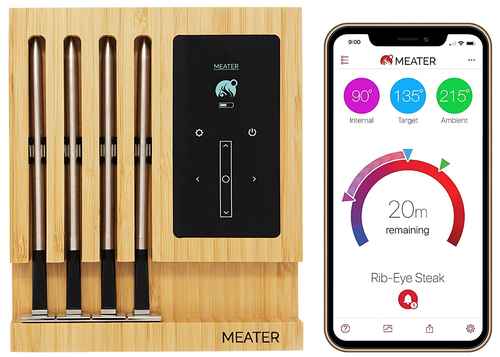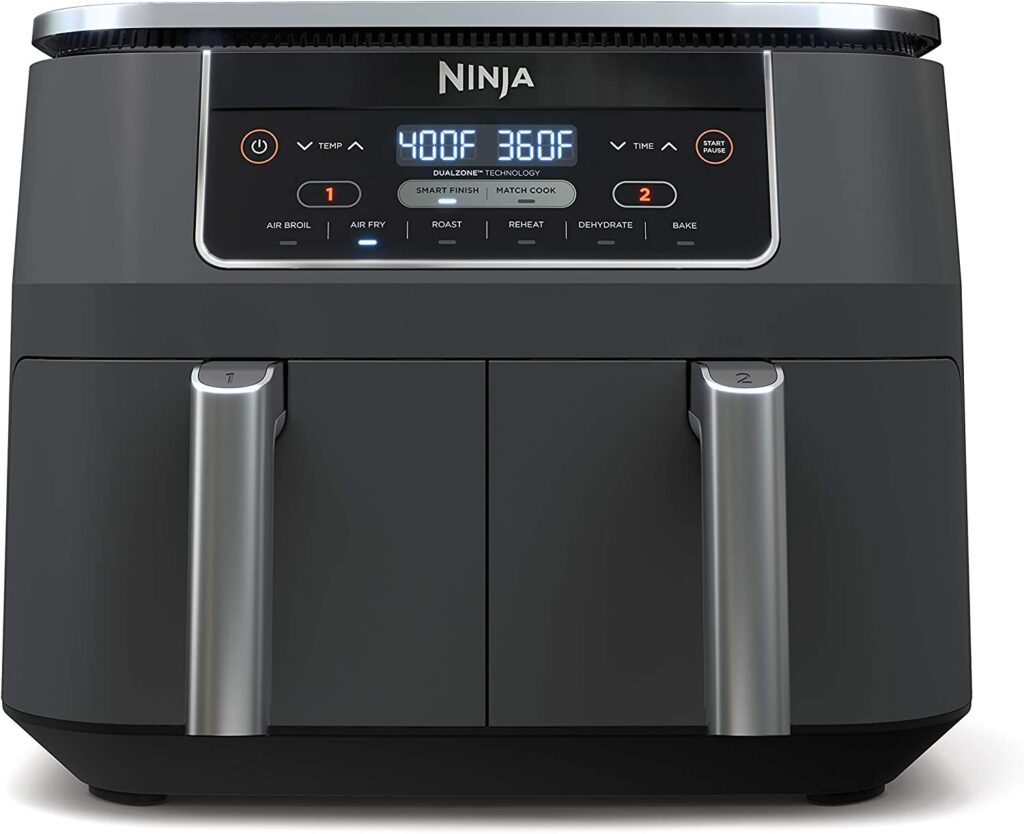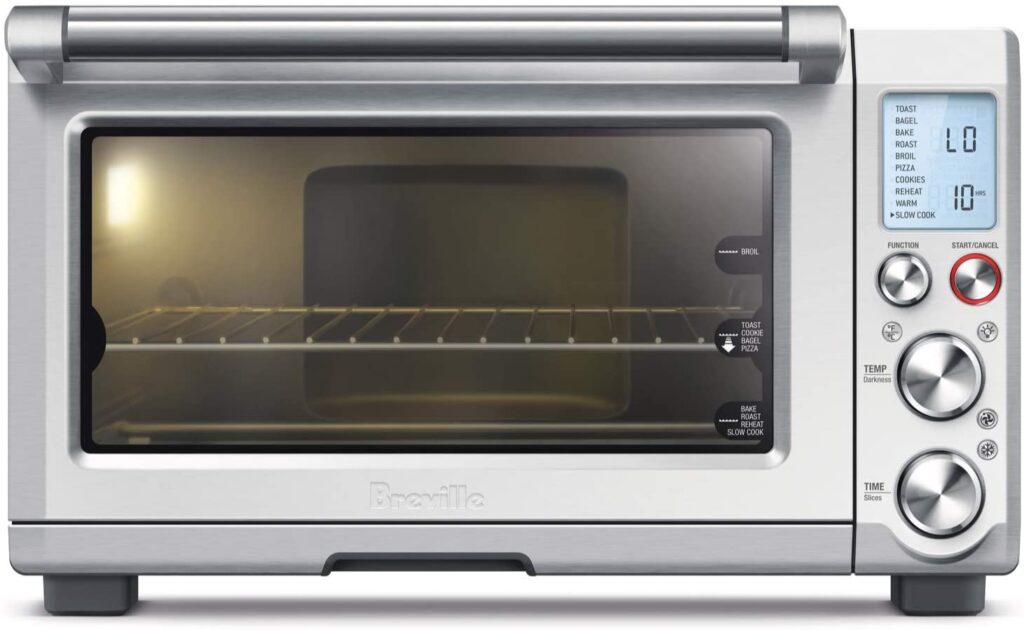How To Cook Dry Pasta In Slow Cooker [GUIDE]
Cooking pasta is one of the most universal and comforting culinary experiences. From a steaming bowl of spaghetti Bolognese to cheesy baked ziti, pasta dishes are staples in kitchens around the world. Traditionally, pasta is boiled on the stovetop, but what if you could prepare it in a slow cooker? Using a slow cooker to cook dry pasta is not just a convenient method-it allows flavors to meld beautifully, reduces active cooking time, and creates a hearty, hands-off meal. However, cooking pasta in a slow cooker requires precision, as pasta can quickly turn from perfectly al dente to a mushy mess. Understanding the nuances of timing, liquid ratios, and ingredient layering is key to success.
Contents
- 1 How Long To Cook Dry Pasta In Slow Cooker
- 2 How To Tell If It Is Done
- 3 Ingredients Needed
- 4 How To Cook Dry Pasta In Slow Cooker
- 5 When Things Go Wrong
- 6 Expert Tips
- 7 Can I Do This Without A Slow Cooker?
- 8 Reheating Leftovers In Slow Cooker
- 9 FAQs
- 9.1 Can I Cook Dry Pasta Directly In A Slow Cooker?
- 9.2 How Much Liquid Should I Use For Dry Pasta In A Slow Cooker?
- 9.3 What Is The Recommended Cooking Time For Dry Pasta In A Slow Cooker?
- 9.4 Should I Pre-soak The Pasta Before Using A Slow Cooker?
- 9.5 How Can I Prevent Pasta From Sticking Together In The Slow Cooker?
- 9.6 Can I Cook Pasta And Sauce Together In A Slow Cooker?
- 9.7 What Types Of Pasta Work Best In A Slow Cooker?
- 9.8 Can I Use Whole Wheat Or Gluten-free Pasta In A Slow Cooker?
- 9.9 Do I Need To Stir The Pasta While It Cooks In A Slow Cooker?
- 9.10 Can I Prepare A Slow Cooker Pasta Dish Ahead Of Time?
How Long To Cook Dry Pasta In Slow Cooker
Cooking times in a slow cooker can be tricky because pasta behaves differently than other slow-cooked ingredients like meats or vegetables. In general, dry pasta should be added toward the end of the cooking cycle, rather than at the beginning. Most slow cooker recipes suggest adding dry pasta 20-30 minutes before the end of the cook time, depending on the type of pasta and the slow cooker’s heat setting.
- Short, small pasta (like macaroni or penne) usually takes 15-20 minutes to cook in a slow cooker on low heat.
- Long pasta (like spaghetti or fettuccine) often requires 20-25 minutes, making sure it is fully submerged in liquid to prevent sticking.
- Baked pasta dishes or casseroles may require slightly longer times, especially if the pasta is layered with sauce and cheese.
The key is to avoid overcooking. Unlike stovetop cooking, you don’t have the ability to taste frequently, so careful timing is crucial.
How To Tell If It Is Done
Determining whether slow cooker pasta is ready is a subtle art:
- Texture Test: Al dente pasta should be tender but still slightly firm to the bite. Use a fork or spoon to lift a small amount and taste a piece.
- Liquid Absorption: Check if the pasta has absorbed the sauce or liquid adequately. It should not be swimming in watery sauce, which indicates undercooking, nor should it be overly dry, which signals overcooking.
- Visual Cue: Properly cooked pasta will maintain its shape and appear plump, not shriveled or broken down.
If you find that pasta is undercooked, simply cover and let it continue to cook for a few more minutes, checking frequently. Overcooked pasta, however, cannot be reversed, which is why careful attention is necessary.
Ingredients Needed
Cooking pasta in a slow cooker often involves more than just pasta and water. For a basic slow cooker pasta, you will need:
- Dry pasta: Any shape will work, but smaller pasta is easier to manage.
- Liquid: Water, broth, or a combination. You typically need about 2 cups of liquid for every cup of dry pasta, depending on the recipe.
- Sauce: Tomato sauce, cream sauce, or a combination for flavor infusion.
- Protein (optional): Chicken, ground beef, sausage, or plant-based alternatives.
- Vegetables (optional): Onions, peppers, mushrooms, or spinach.
- Seasonings: Salt, pepper, garlic, Italian herbs, and any other preferred spices.
- Cheese (optional): Parmesan, mozzarella, or cheddar for richness.
Adjusting the liquid ratio is crucial because slow cookers retain moisture. Too little liquid will leave pasta dry and undercooked, while too much will dilute flavors.
How To Cook Dry Pasta In Slow Cooker
- Prepare the Base: Add sauce, liquid, and any vegetables or proteins to the slow cooker. Let proteins and vegetables cook fully before adding pasta if they require longer cooking times.
- Add the Pasta: Stir in dry pasta about 20-30 minutes before the desired end time. Ensure the pasta is submerged in liquid.
- Stir Occasionally: While slow cookers are hands-off, occasionally stirring the pasta prevents clumping and sticking.
- Check for Doneness: Taste test after 15 minutes and adjust timing as necessary.
- Add Cheese: If using cheese, add it at the very end of cooking to prevent it from overcooking and separating.
- Serve Immediately: Slow cooker pasta is best eaten right away, as it will continue to absorb liquid and thicken if left in the cooker.
When Things Go Wrong
Even experienced cooks encounter slow cooker pasta mishaps. Here are some common issues and solutions:
- Overcooked Pasta: This usually happens if pasta is added too early. There is no remedy except to start over, but you can salvage a dish by using it in a baked casserole or pasta soup where texture is less critical.
- Undercooked Pasta: Simply add a bit more liquid, cover, and continue cooking for 5-10 minutes.
- Sticky Clumps: Stir pasta gently when adding it and ensure it’s fully submerged in liquid.
- Watery Sauce: If pasta absorbs too little liquid, remove the lid and cook on high for a few minutes to reduce excess moisture.
Expert Tips
- Use slightly less pasta than the package suggests, as pasta expands in the slow cooker.
- Stirring is optional but recommended when cooking long pasta to prevent sticking.
- Layer ingredients wisely: Dense vegetables and meats should go on the bottom; pasta should go on top to prevent overcooking.
- Consider par-cooking pasta on the stovetop if you are nervous about overcooking.
- Use a non-stick slow cooker liner for easier cleanup, especially for cheesy pasta dishes.
Can I Do This Without A Slow Cooker?
Yes, but the method differs:
- On the stovetop, cook pasta in a large pan of simmering sauce and water, stirring occasionally, until tender.
- In the oven, you can create a baked pasta casserole, covering it tightly and baking until the pasta is cooked and the sauce absorbed.
The slow cooker, however, offers unique benefits: low-maintenance cooking, hands-off preparation, and the ability to meld flavors over hours without constant stirring.
Reheating Leftovers In Slow Cooker
Reheating pasta in a slow cooker is possible but requires caution:
- Add a splash of liquid (water, broth, or milk for creamy pasta) to prevent dryness.
- Reheat on low for 30-60 minutes, stirring occasionally.
- Avoid high heat as it can overcook the pasta and make it mushy.
Alternatively, reheating in a microwave or stovetop pan often preserves texture better than slow cooker reheating.
FAQs
Can I Cook Dry Pasta Directly In A Slow Cooker?
Yes, you can cook dry pasta in a slow cooker, but it requires sufficient liquid and careful timing. Unlike boiling on a stovetop, pasta will absorb liquid gradually in a slow cooker, so you need to ensure there is enough broth, water, or sauce to prevent it from becoming dry or sticking.
How Much Liquid Should I Use For Dry Pasta In A Slow Cooker?
A general guideline is to use about 4 cups of liquid for every 2 cups of dry pasta. The exact amount may vary depending on the type of pasta and the recipe. The pasta should be mostly submerged but not swimming in liquid to avoid a mushy texture.
What Is The Recommended Cooking Time For Dry Pasta In A Slow Cooker?
Cooking time for dry pasta in a slow cooker typically ranges from 1.5 to 3 hours on low heat. Thinner pastas like spaghetti or angel hair may cook faster, while thicker shapes like penne or rigatoni may take longer. It’s important to check for doneness periodically.
Should I Pre-soak The Pasta Before Using A Slow Cooker?
Pre-soaking pasta is not necessary but can help reduce cooking time slightly and ensure even cooking. If you choose to pre-soak, use warm water for 10-20 minutes before adding it to the slow cooker with sauce or broth.
How Can I Prevent Pasta From Sticking Together In The Slow Cooker?
To prevent sticking, stir the pasta occasionally during cooking, add enough liquid, and lightly coat the pasta with oil or butter before adding it to the slow cooker. Additionally, adding the pasta later in the cooking process, rather than at the very start, can help.
Can I Cook Pasta And Sauce Together In A Slow Cooker?
Yes, you can cook pasta and sauce together. Start by cooking other ingredients first, then add dry pasta and extra liquid about 30-60 minutes before the end of the cooking time. This helps prevent the pasta from overcooking and becoming mushy.
What Types Of Pasta Work Best In A Slow Cooker?
Shorter, sturdier pasta shapes like penne, rigatoni, fusilli, or shells work best. Delicate pasta such as angel hair or thin spaghetti can become mushy if cooked too long, so they should be added closer to the end of the cooking process.
Can I Use Whole Wheat Or Gluten-free Pasta In A Slow Cooker?
Yes, both whole wheat and gluten-free pasta can be used, but they may require slightly different cooking times. Whole wheat pasta tends to absorb more liquid and may need extra broth or sauce. Gluten-free pasta can become very soft quickly, so monitor it closely to avoid a mushy texture.
Do I Need To Stir The Pasta While It Cooks In A Slow Cooker?
Occasional stirring is recommended to ensure even cooking and to prevent the pasta from sticking to the bottom or sides of the slow cooker. However, avoid excessive stirring as it can break the pasta and make it mushy.
Can I Prepare A Slow Cooker Pasta Dish Ahead Of Time?
Yes, you can prepare ingredients ahead of time, but it is best to store the dry pasta separately and add it to the slow cooker later. This prevents the pasta from absorbing too much liquid and becoming overcooked. Alternatively, you can cook the dish fully and reheat carefully, adding extra liquid if necessary.



